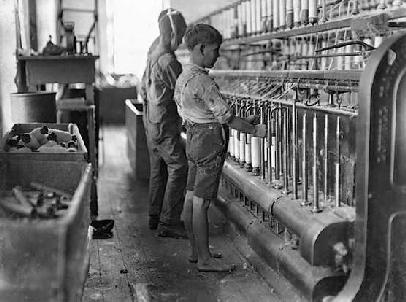Child labor or child slavery?

Child labor existed prior to the Progressive Era. After industrialization, many poor families sent their children to factories to work. Many children died from poor working conditions and hazardous equipments. The average age of child labor was four to sixteen years old. Many of these children did not go to school at all. During the progressive era four constitutional amendments were passed. One of these amendments outlawed child labor. The Progressive movement did succeed in creating safer work standards for all, and enacting age limits and work hour limits.











 This is a picture of Henry Ford between 1863- 1947. Ford developed the techniques of production and marketing that brought in the reach of ordinary Americans. He established the Ford Motor Company in 1905. The Model T and assembly line innovations revolutionized American society and molded the world we live in today. Henry Ford used the assembly techniques to produce cars so that everyone can afford it.
This is a picture of Henry Ford between 1863- 1947. Ford developed the techniques of production and marketing that brought in the reach of ordinary Americans. He established the Ford Motor Company in 1905. The Model T and assembly line innovations revolutionized American society and molded the world we live in today. Henry Ford used the assembly techniques to produce cars so that everyone can afford it.











